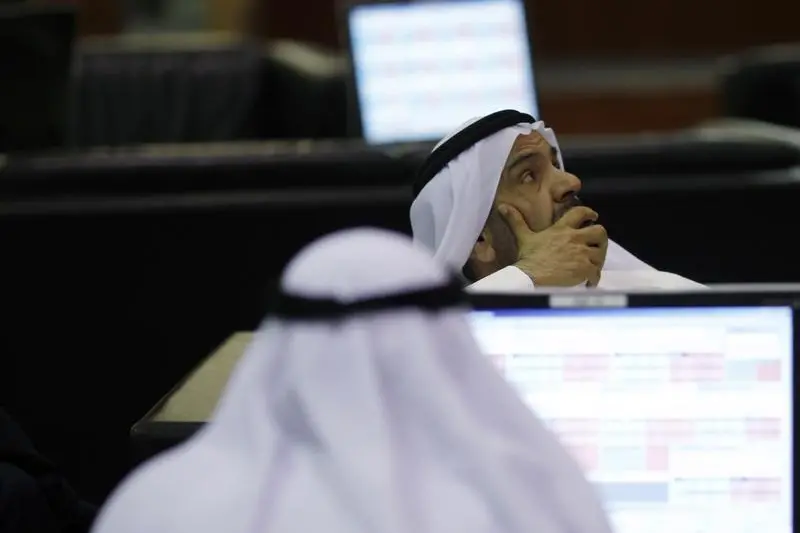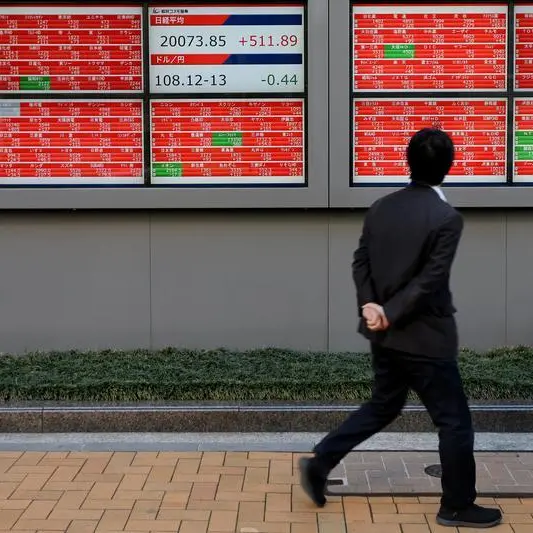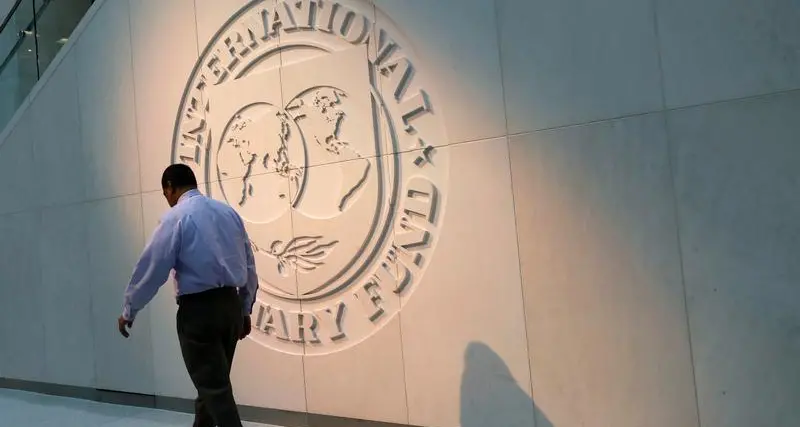PHOTO
Middle East markets are seen to be adjusting well to the new realities of oil prices, local investment valuations and international sentiments.
Deal volumes across the region have decreased over the last couple of years. However, as economies begin to embrace the new normal, positive signs of a pick up in activity are evident and this is a momentum that is expected to continue this year and going into 2019.
An impetus that is largely driven by government initiatives, investor challenges such as organic growth and a mismatch in valuation remain, suggests a recent report by PwC.
Commenting on the trend, Ovais Chhotani, Transaction Services Director at PwC Middle East said, “We are currently seeing an interesting shift taking place in the regional M&A landscape with newer sectors emerging focused on technology and digitisation, corporates pursuing M&A more aggressively to drive growth and the ongoing privatisation agenda of regional governments opening up interesting new opportunities for both regional and international investors.”
Key markets
It is an undeniable fact that Saudi Arabia is undergoing bold reforms. Vision 2030 has created excitement and big expectations in the region.
The agenda involves an overhaul and diversification of its economy to create an investorfriendly climate for privatisation, including a listing for Saudi Aramco. On the legislative side, has witnessed the introduction of new bankruptcy regulations and impending updates in existing laws.
Strengthining its capital markets 2017 also saw the launch of Nomu—a new market for small caps which triggered a record number of listings in the Kingdom last year. New rules allowing foreigners to trade shares directly is also aimed to deepen market liquidity in the years ahead.
Opportunities are also opening up in the hospitality and leisure sectors as the Kingdom seeks to become a destination for religious tourism. As Vision 2030 advances with the modernisation of society, the government has granted women the right to drive (an estimated 3 million new women drivers are expected to enter the market by 2020) which bode well for the insurance and automotive sector as well as leisure and retail.
The UAE market on the other hand continues to be the principal destination of interest for investors and transactions. The M&A environment therein has remained resilient despite the relatively difficult economic climate with an estimate of 89 deals closed in 2017, including notable deals such as the merger between First Gulf Bank and the National Bank of Abu Dhabi, Amazon’s takeover of Souq.com, Engie’s $775 million investment in Tabreed and Abu Dhabi National Oil Company’s partnership with China National Petroleum Corporation.
According to PwC, the UAE government’s digitisation agenda for 2021 is likely to create M&A opportunities across a range of sectors including financial services, transportation and logistics, and retail, among others, since existing players will seek to acquire these capabilities and integrate technology and innovation within their growth plans. The most interesting development is the increasing stability of the Egyptian market.
Investors are looking at Egypt with renewed interest now that currency issues have subsided. While deal activity in 2017 was at its lowest level in five years, Egypt’s favourable demographics, coupled with new, greenfield investments in energy and infrastructure, have heightened the country’s potential and appeal. High inflation and elections later this year, however, mean that deal flow is more likely to grow over the medium term rather than in 2018.
Bank and fintech phenomenon 2017 was a landmark year for M&A in the financial sector, with the $14.8 billion merger that created First Abu Dhabi Bank, the largest bank in the UAE and one of the largest in the region.
In KSA, investment firm, Kingdom Holding Company, acquired a $1.5 billion stake in Banque Saudi Fransi, while a group of MENA investors acquired a 20 per cent stake in Ammanbased Arab Bank for $1.1 billion. This year we have recently seen the merger of Saudi British Bank (SABB) and Alawwal Bank coming together to create KSAs thirdbiggest lender in a reported $5 billion deal.
PwC suggests that the region will likely see further consolidation opportunities in the next few years across various financial services subsectors, but perhaps not in the magnitude of 2017’s deals.
Given the number of players in each of the financial services subsectors, consolidation opportunities will continue to be a feature in the region. The financial services sector also bear opportunities for private equity investment and M&A, particularly in the digitisation of banking processes such as payments processing, in technologyenabled regulation and compliance functions, and in asset management, reports PwC.
The consultancy firm also believes that regional telcos will be acquisitive in data heavy, customercentric fintech opportunities. A change in appetite There is a notable investment shift towards new economic sectors in 2017, and PwC sees this trend continuing in the years ahead. Traditional favourites such as retail, real estate, construction and energy have seen a decline in deals completed.
Interestingly, where deals have taken place in these sectors, these have been of a larger size—investor appetite still exist, but it is more selective in nature. Upandcoming sectors for M&A include newer ones, such as technology, and notsonew ones, such as industrial manufacturing, where opportunities, perhaps overlooked in the past, are being reevaluated.
There is a strong interest in companies with expertise in the digitisation of business processes, from banking and telecommunications to automotive and retail, where—following Amazon’s acquisition of Souq.com—almost every player is considering their online strategy and the distribution logistics that go with it.
Deals in sectors such as technology however have tended to be of a smaller size and the number of assets available in the region may continue to present a challenge. Overseas opportunities may be a good way of bringing in technology that has been tested or developed in other markets. Gulf Finance Houses acquisition of a majority stake in The Entertainer is a good example of how investors in the region are exploring newer sectors.
Meanwhile, education and healthcare, continue to provide opportunities for longterm investors, particularly in KSA, as the market remains largely untapped. Projections According to PwC’s Middle East 2018 CEO survey, more than half of those surveyed are considering a strategic alliance or joint venture in order to drive corporate growth and profitability as organic growth proves more challenging.
Organisations that are exploring this, are urged to have a clear understanding of how the potential partners fit with their long term strategic objectives and the value they are looking to achieve through any acquisition or alliance.
“Investors and companies should be looking at deals with a real ‘value creation’ lens and take a more holistic view of how value can be created across the business. This can include factors other than cost management such as capital optimisation, use of technology and innovation.
Organisations looking to divest need to start early and carefully plan to ensure that the business is well prepared for the demands of an exit process, the growth story can be properly articulated and any potential deal breakers are identified and addressed early on in the process,” explained, Romil Radia, Deals Market Leader and Regional Valuations Leader at PwC Middle East.
Although an immediate increase in deal volumes is not expected, activity will likely pick up towards the end of 2018 as governments progress with their privatisation agendas, particularly in energy and infrastructure.
Between late 2018 and early 2019, deal flow should improve as restrictions on foreign ownership are eased further, and regional governments advance with their transformation agendas. Across the region the regulatory framework for M&A is expected to be more supportive and should therefore contribute to an improvement in deal activity.
© 2018 CPI Financial. All rights reserved. Provided by SyndiGate Media Inc. (Syndigate.info).












